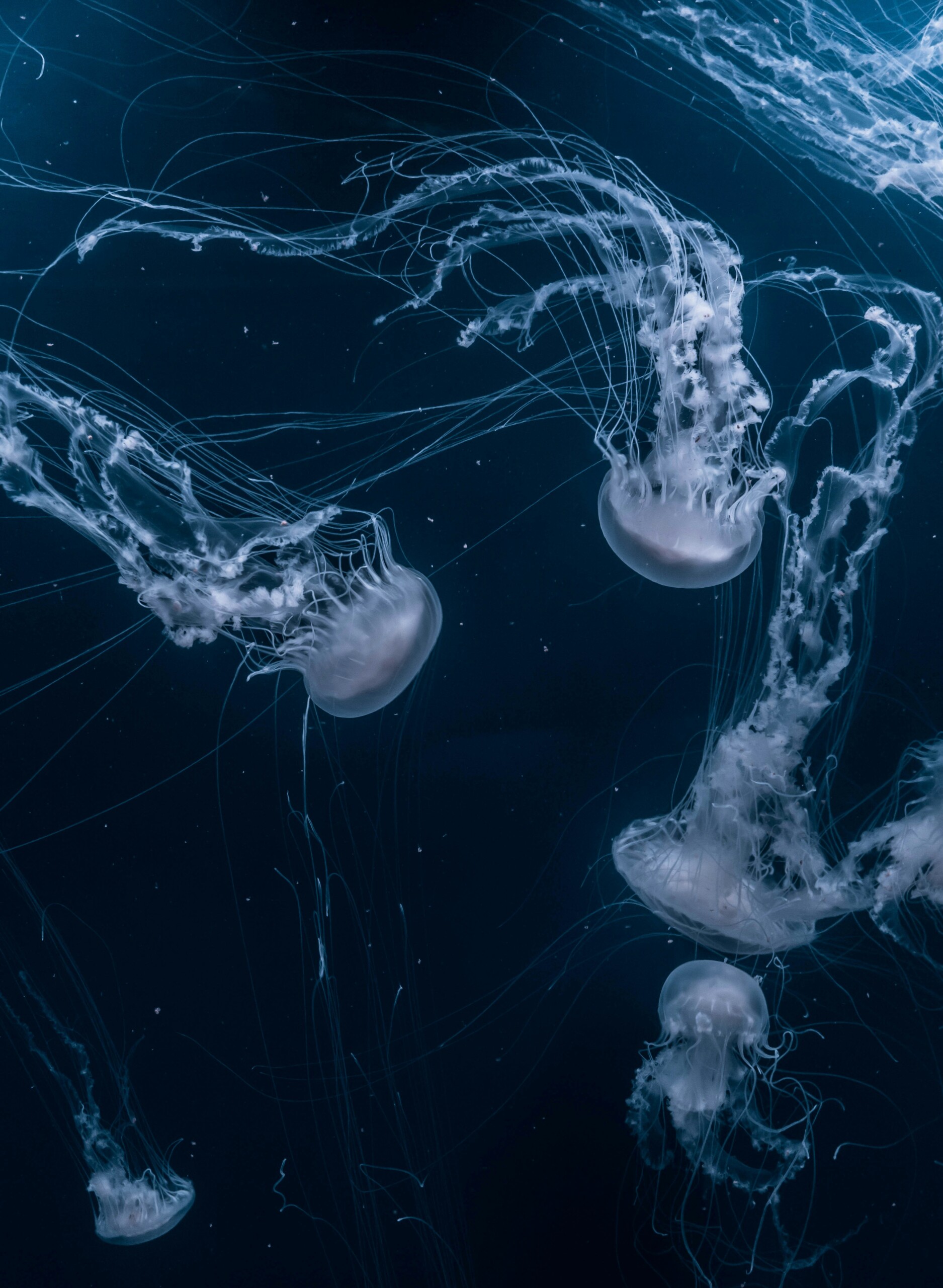San Diego’s beautiful coastline offers some of the best surfing spots in the world, but like any natural environment, it comes with its own set of challenges. One such challenge that surfers may encounter is jellyfish. These sea creatures are more than just a nuisance—they can deliver painful stings that can turn a great day of surfing into an uncomfortable experience. At San Diego Surf School, we believe in preparing our students for all aspects of the ocean, including how to deal with jellyfish. Here’s what you need to know about jellyfish in San Diego and how to handle them when you’re out surfing.
When Do Jellyfish Appear in San Diego?
Jellyfish are present in San Diego waters throughout the year, but they tend to be more common during certain times. Typically, jellyfish blooms are most prevalent in late summer and early fall, when the water temperature is warmer. This is also the time when many surfers are out enjoying the best waves, so it’s important to be aware of the increased possibility of encountering jellyfish.
During these months, warm ocean currents can bring large numbers of jellyfish closer to shore, especially after storms or when the water is particularly warm. While not every day will be a jellyfish day, being aware of the conditions and knowing what to look out for can help you avoid a painful sting.
Identifying Jellyfish
There are several types of jellyfish that can be found in San Diego waters, with the most common being the moon jellyfish. Moon jellies are typically clear or translucent with a slightly blue or pink hue, and they have a bell-shaped body with short, frilly tentacles. While moon jellies are generally less harmful, they can still cause irritation if you come into contact with them.
Another species to be aware of is the purple-striped jellyfish. These are more vibrant in color and have longer tentacles, making them more noticeable in the water. They can deliver a more painful sting compared to moon jellies, so it’s best to steer clear if you spot one.
What to Do If You Get Stung
If you do happen to get stung by a jellyfish while surfing, it’s important to know how to treat the sting effectively:
- Get Out of the Water: If you’re stung, the first step is to calmly paddle back to shore. Staying in the water increases the risk of further stings.
- Rinse with Seawater: Once you’re out of the water, rinse the affected area with seawater. Avoid using freshwater, as it can trigger the release of more venom from the jellyfish’s stingers.
- Remove Tentacles: If any tentacles are still on your skin, carefully remove them using tweezers or the edge of a credit card. Avoid using your hands, as this can spread the venom to other areas.
- Apply Vinegar: If available, vinegar can help neutralize the sting. Pour it over the affected area to reduce pain and inflammation.
- Seek Medical Attention: While most jellyfish stings are not life-threatening, some people may have allergic reactions. If you experience difficulty breathing, swelling, or intense pain, seek medical attention immediately.
Prevention Tips for Surfers
At San Diego Surf School, we always encourage surfers to take preventative measures to avoid jellyfish stings. Here are a few tips:
- Check the Conditions: Before heading out for a session, check local surf reports or ask lifeguards about jellyfish activity. If there’s been a recent bloom, it might be best to choose a different spot or wait for another day.
- Wear a Wetsuit: A wetsuit provides a barrier between your skin and jellyfish, reducing the chances of getting stung.
- Be Aware: Keep an eye out for jellyfish while you’re paddling or waiting for a wave. If you see a jellyfish or a group of them, move to a different area.
Why San Diego Surf School?
At San Diego Surf School, we prioritize the safety and well-being of our students. Our San Diego surf lessons include education on ocean safety, including how to handle encounters with jellyfish. Our experienced instructors will teach you everything you need to know to stay safe and confident in the water, so you can focus on enjoying the thrill of surfing.
Jellyfish are a natural part of the ocean environment, and while they can be a concern for surfers, knowing how to identify and deal with them can help you avoid unnecessary discomfort. By staying informed and taking the proper precautions, you can continue to enjoy all that San Diego surfing has to offer.











